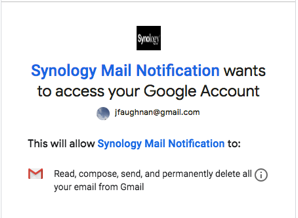Aperture on Sierra doesn’t support RAW files from my Canon EOS SL2. I don’t know if there would be any support if I upgraded to High Sierra or Mojave, but I think not. I tried using Canon’s RAW to JPG converter but it was achingly slow and it defeats the purpose of shooting RAW in the first place.
So I’ve been shooting JPEG [1]. Today, through Facebook’s Aperture User Group, I learned that Adobe DNG Converter output can be treated by Aperture in Sierra as a type of RAW format. So I downloaded the app and tried it on a CR2 file from my SL2. It was extremely fast and produced a DNG a few MBs smaller than the CR2 file. Aperture opened it a bit more slowly than I remember it processing my older Canon RAW files, but there no real issues.
Adobe DNG Converter has a truly ugly Mac UI, but I have no problems with that. I suspect DNG is only a minimal archival improvement on CR2 so I’ll mostly continue to shoot JPEG (because everything sucks [1]), but now I have the option to do CR2 when I want better results. Since I already use Image Capture to bring images off my devices rather than Aperture the extra conversion step is a modest cost.
- fn -
[1] Twenty ago I was sure we’d get one of many better lossy image formats, of which JPEG2000 is the only one I can remember now. We never did, partly due to patents and partly for reasons I don’t understand. I think cameras have gotten better at making the best use of JPEG, which itself has iterated over time. In 2018 some SLRs shoot DNG (not Nikon or Canon of course), Apple’s cameras shoot patent-encumbered HEVC (not HEIF, that’s the container damnit), and there’s lots of proprietary RAW. I suppose HEVC is an improvement over RAW, but only by a bit. HEVC is likely to lose out in the long run to AV1 and disappear — with no comment from Apple when it converts. In terms of a practical archival image format we basically have PNG and JPEG with no metadata standard and perhaps some flavor of TIFF. Basically everything sucks, which is very 2018.
Incidentally, the image formats Preview can export to in Sierra when you use the Option key trick (apple doc) — prior to Mountain Lion they were all shown. OpenEXR was from Industrial Light and Magic but it’s as dead as old JPEG-2000. (As near as I can tell Mojave has the same list and it still doesn’t include HEIF/HEVC, which seems a vote of some sort.)


